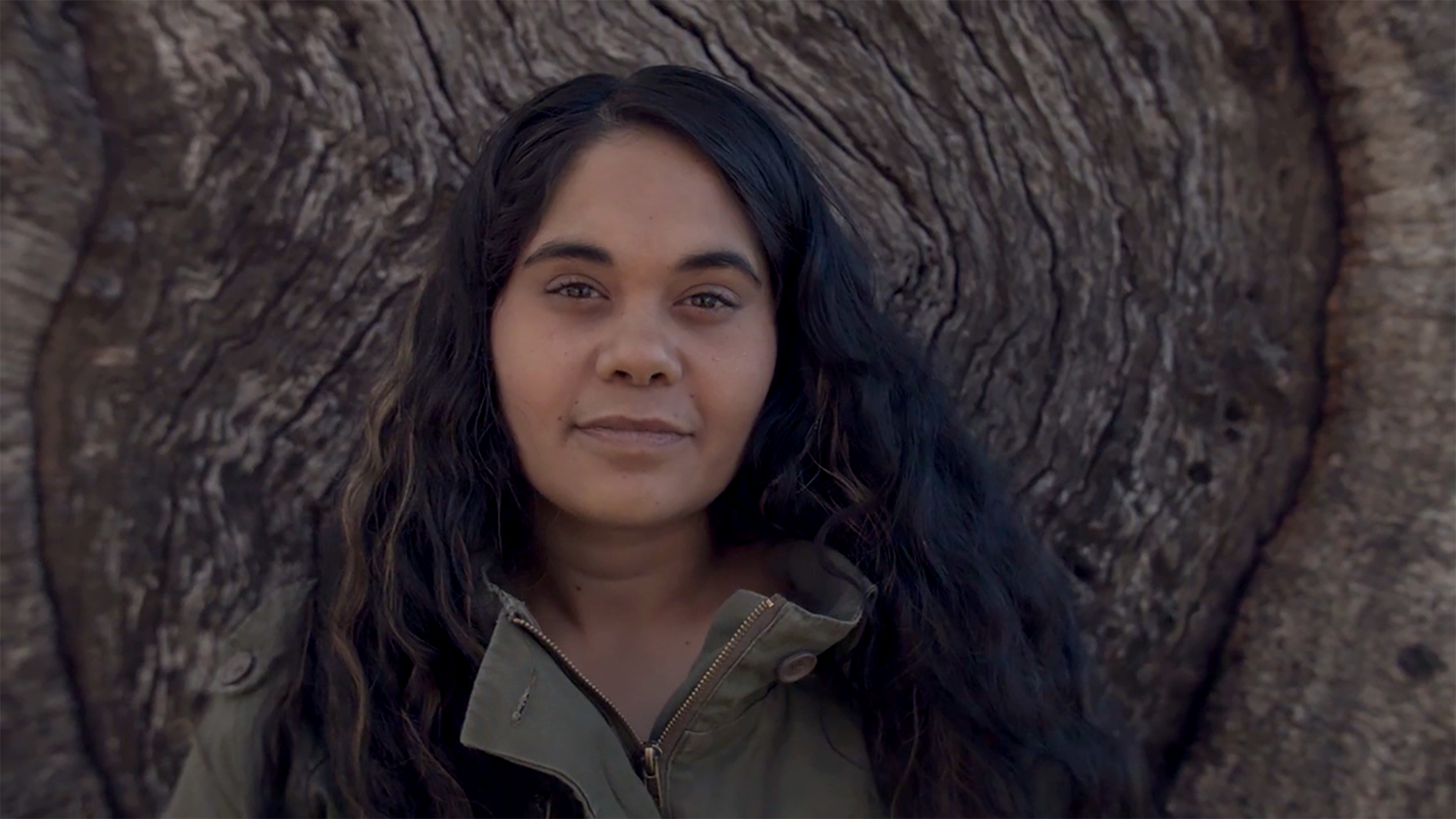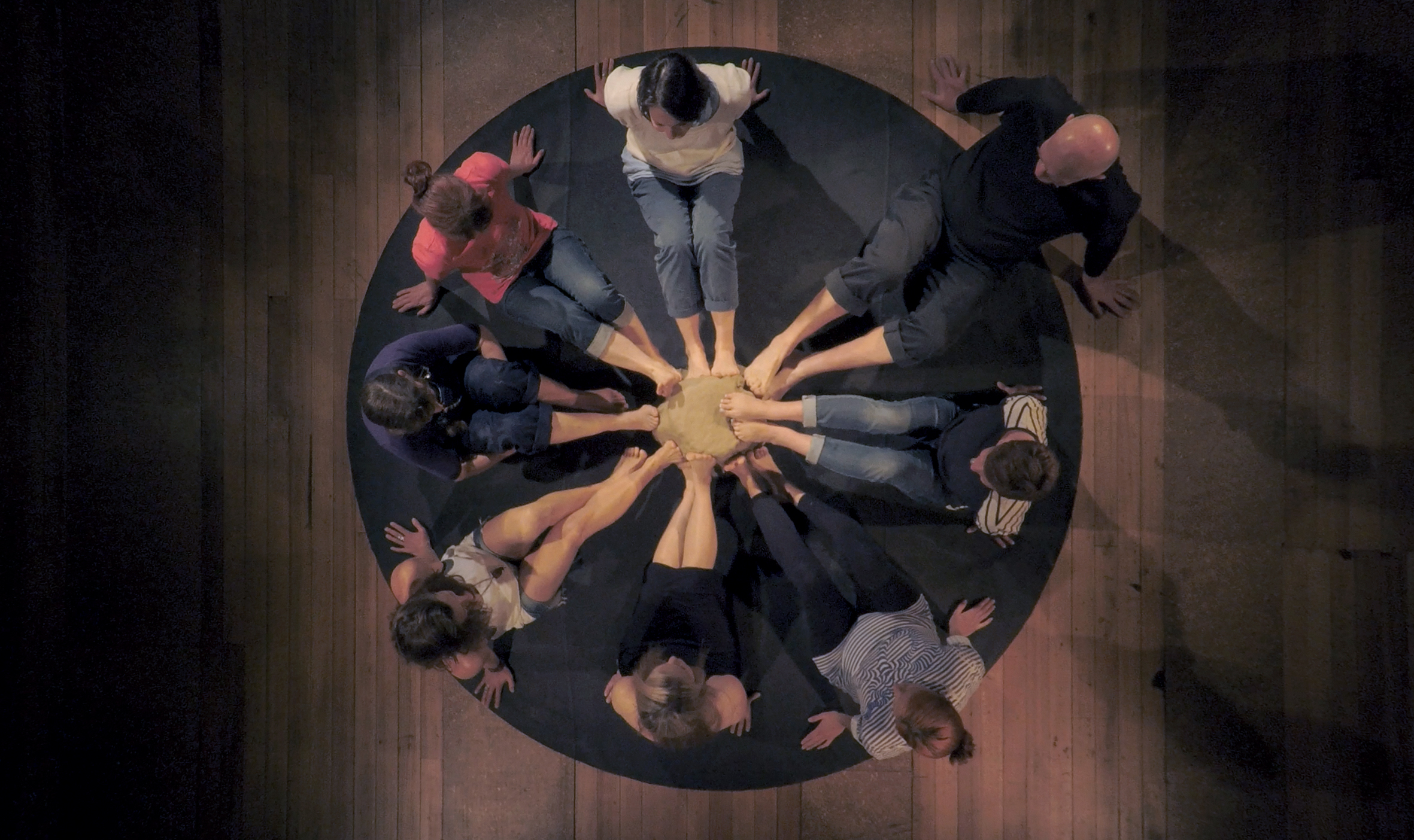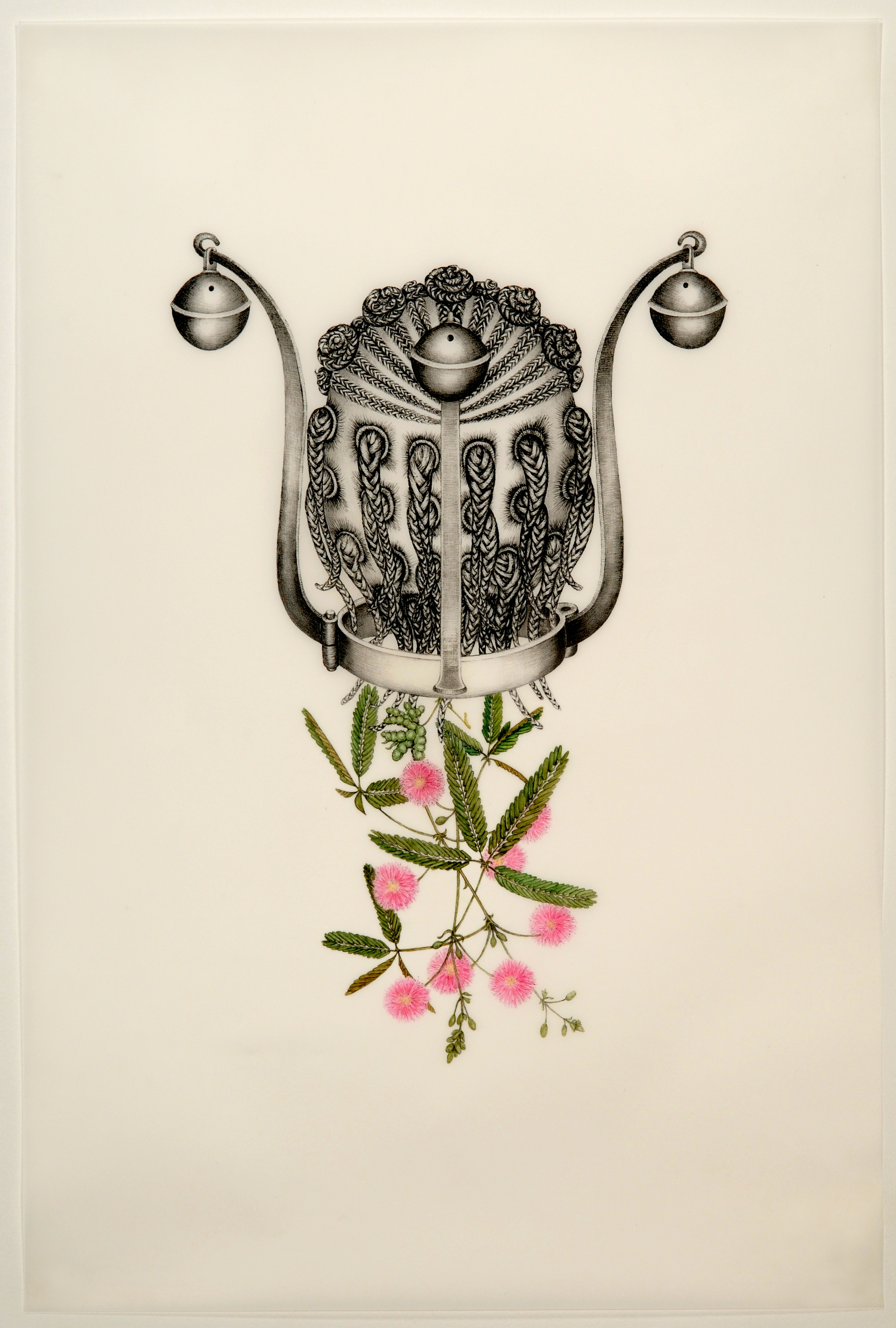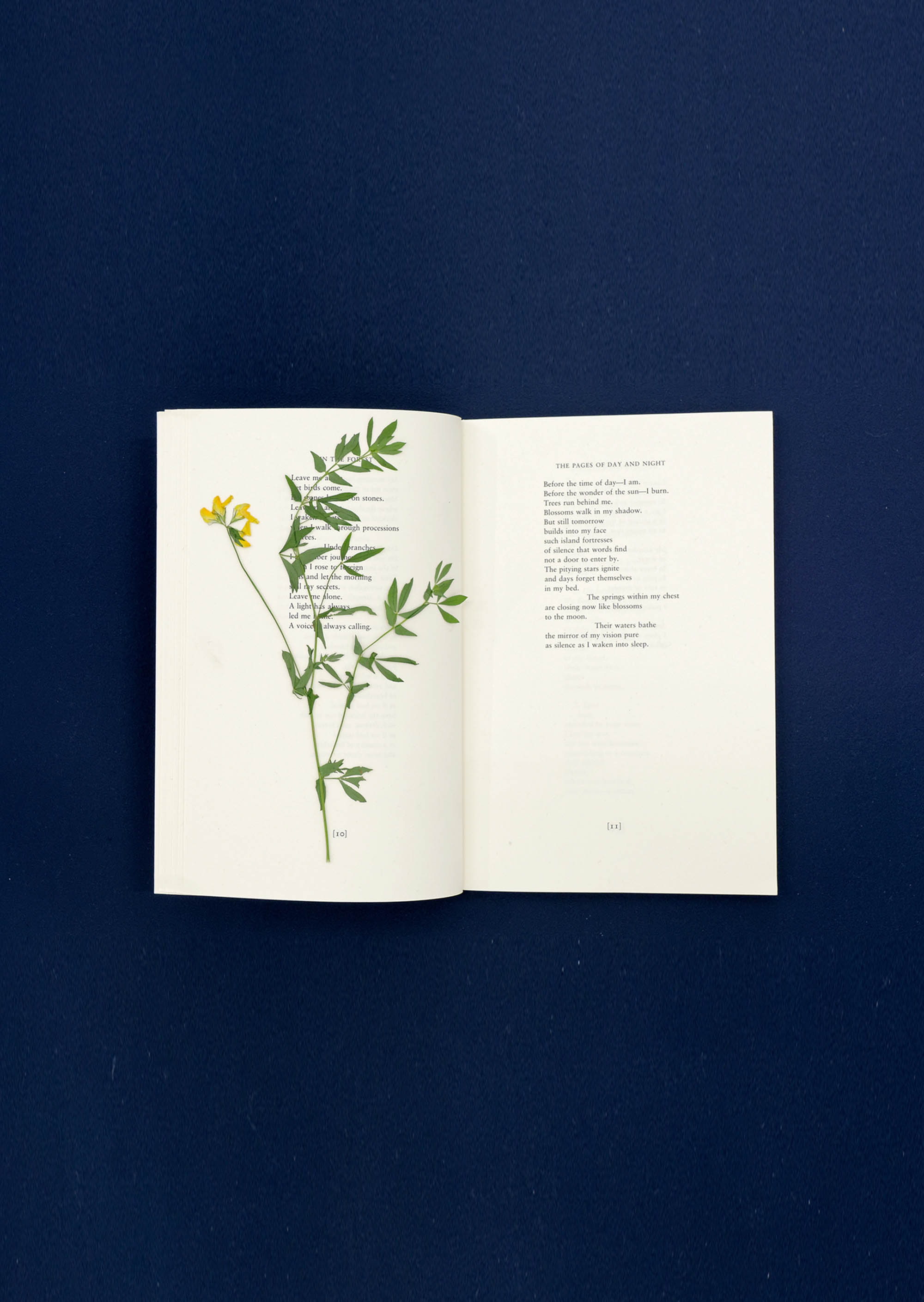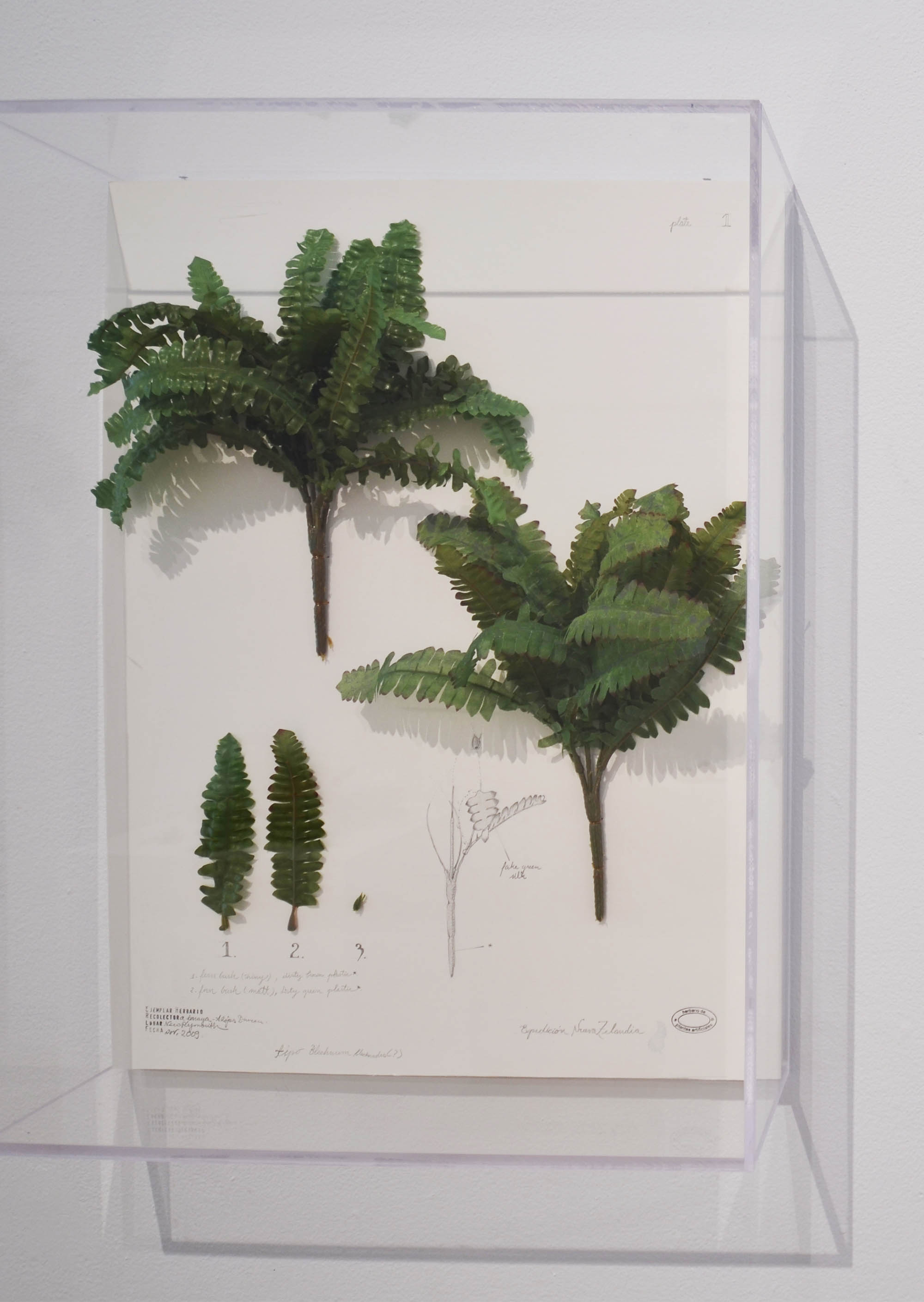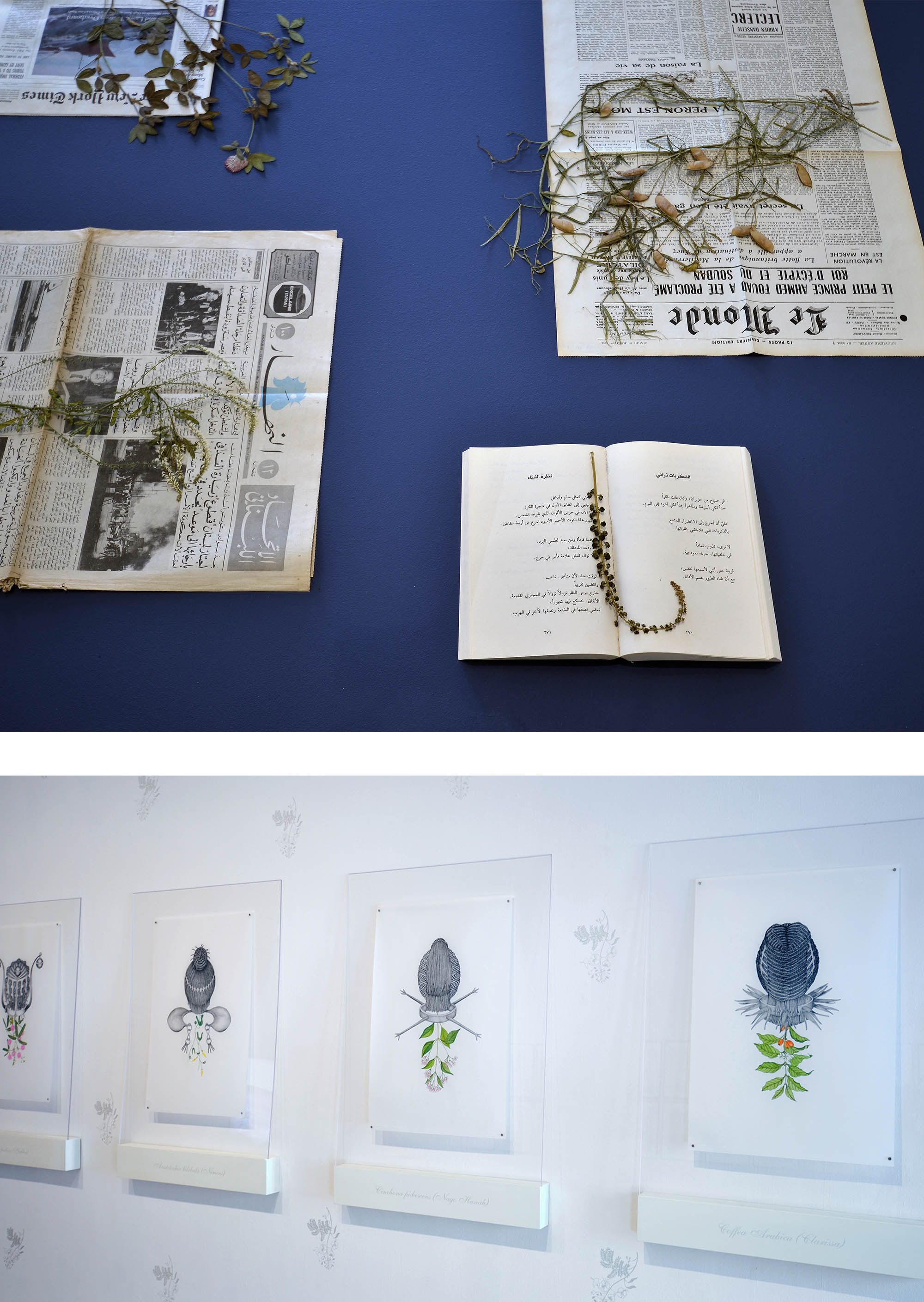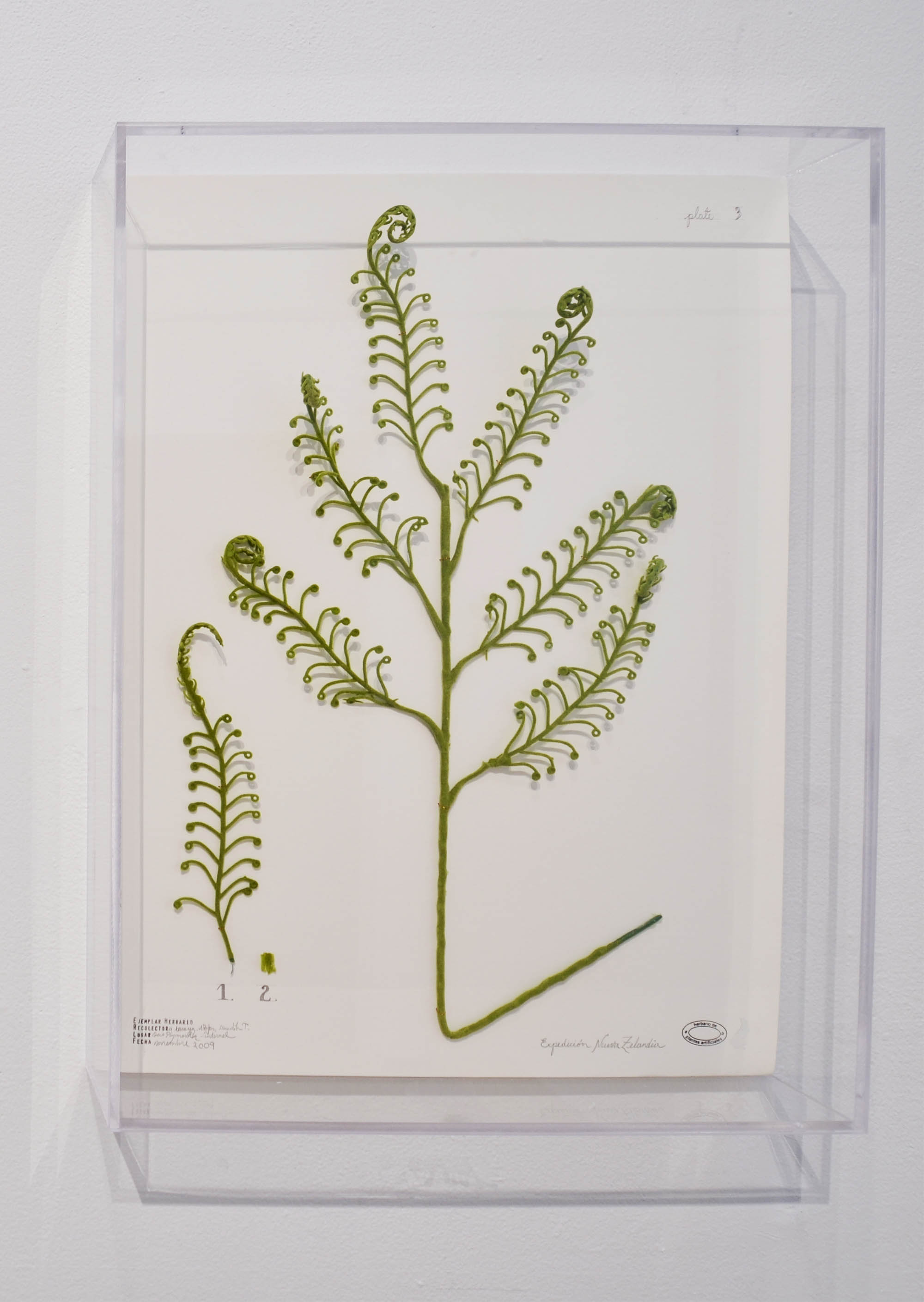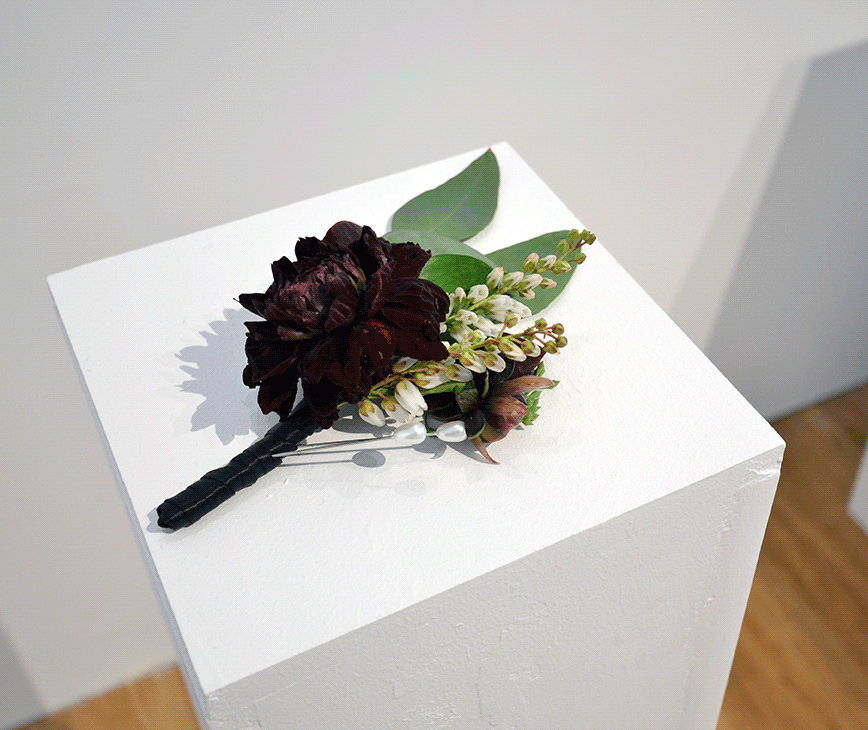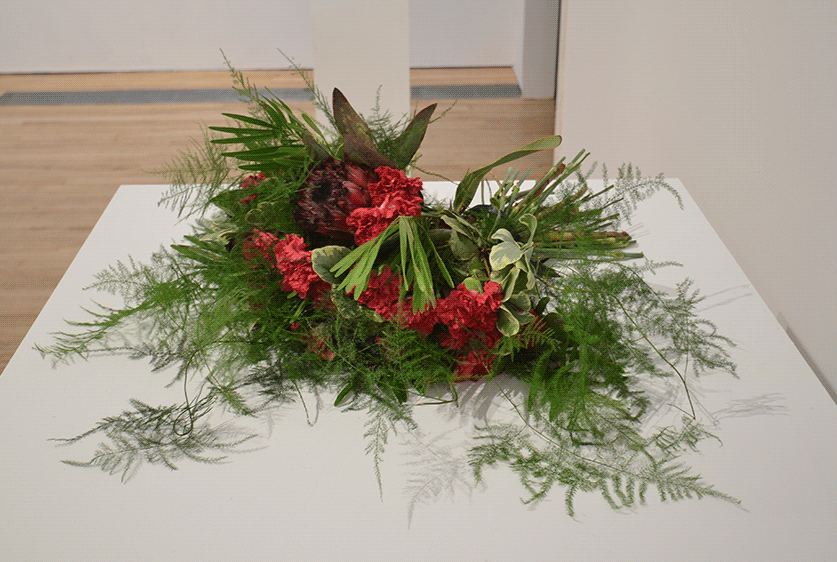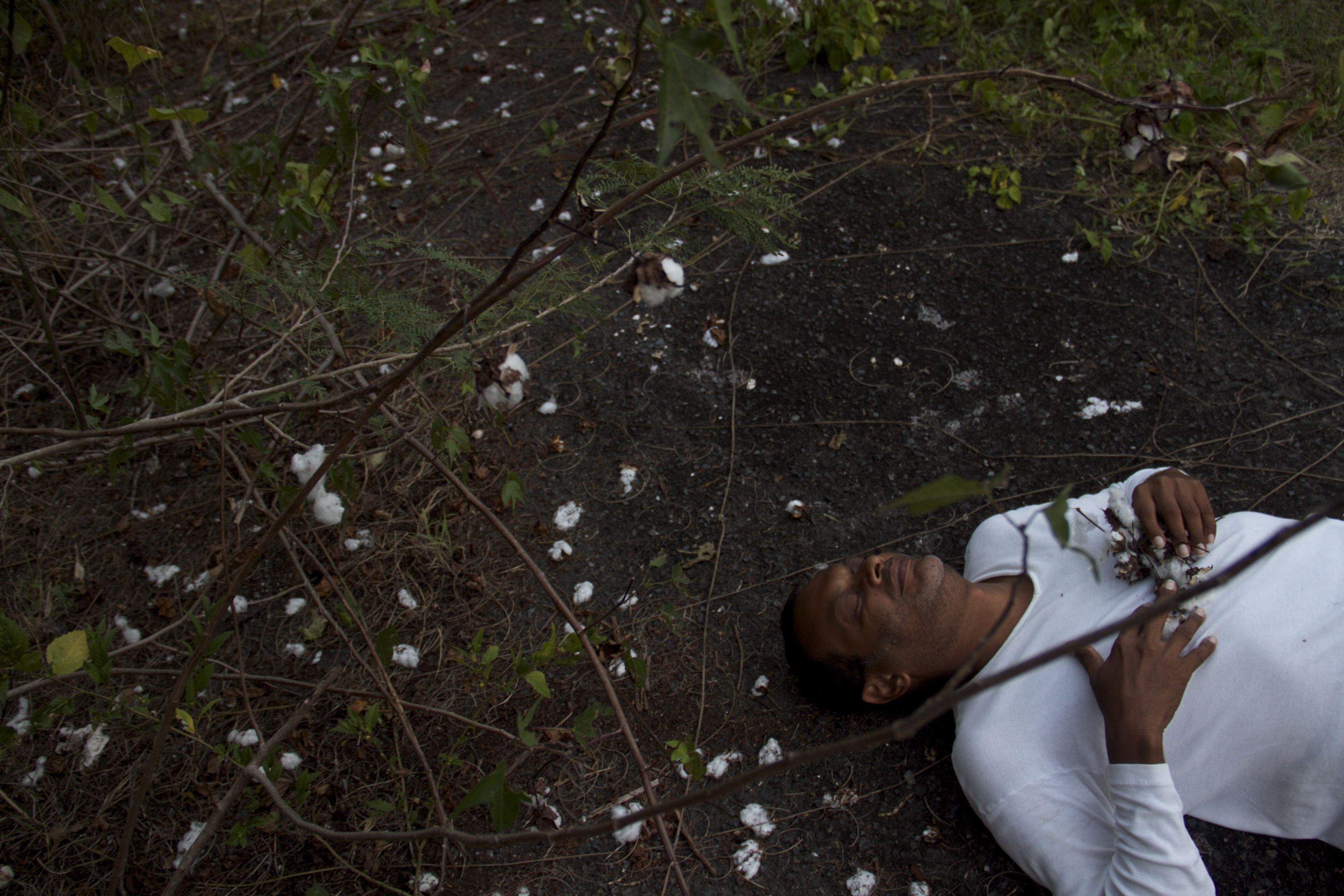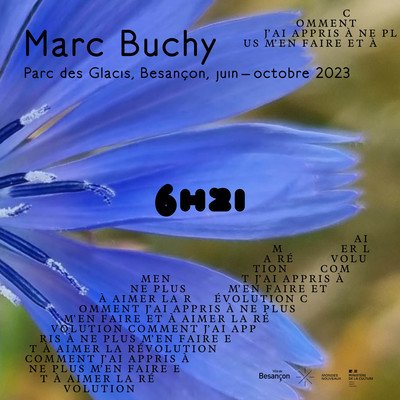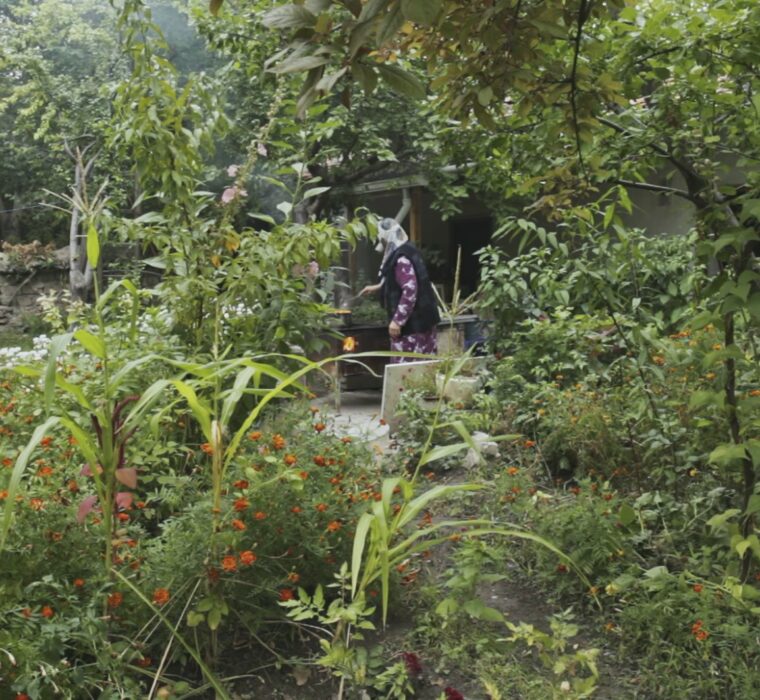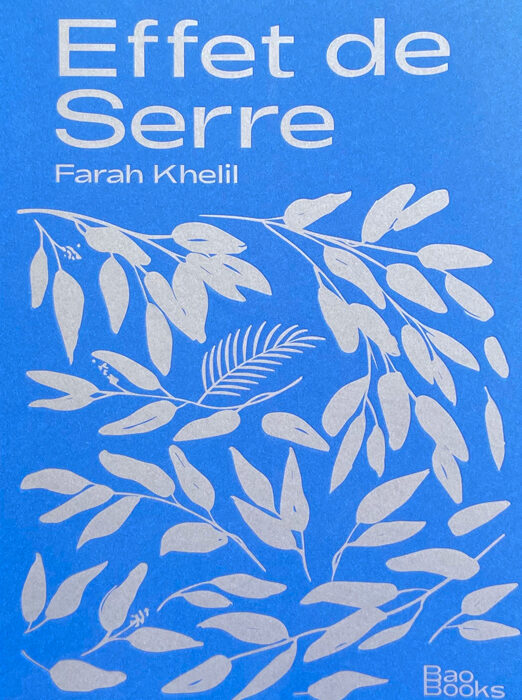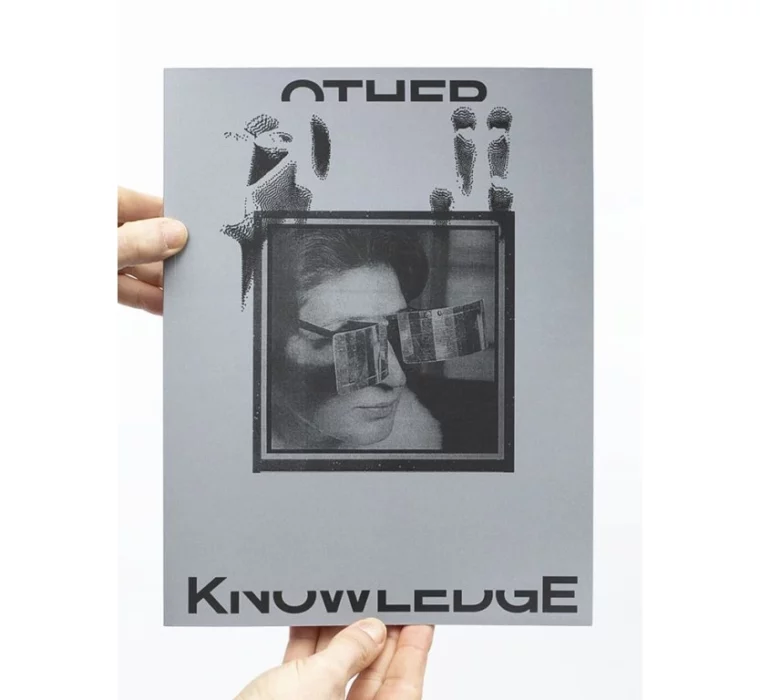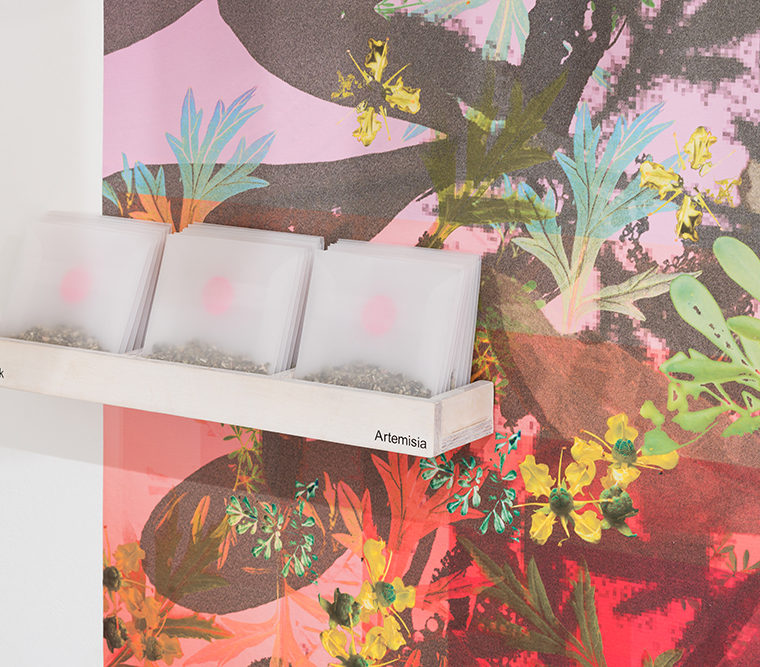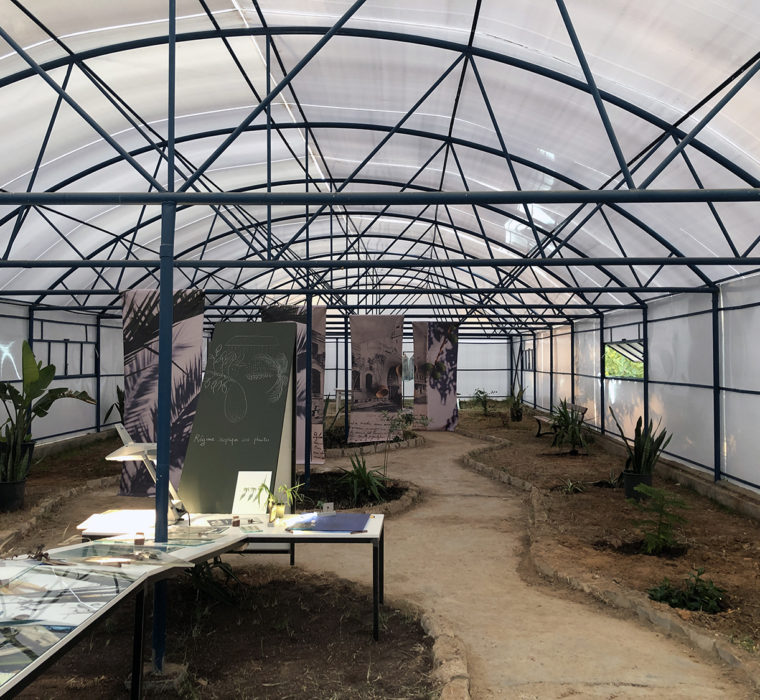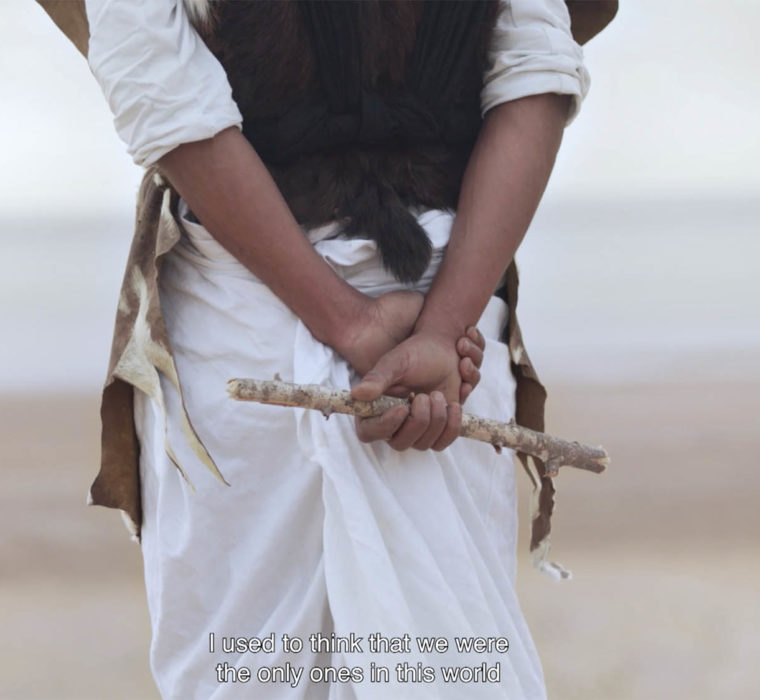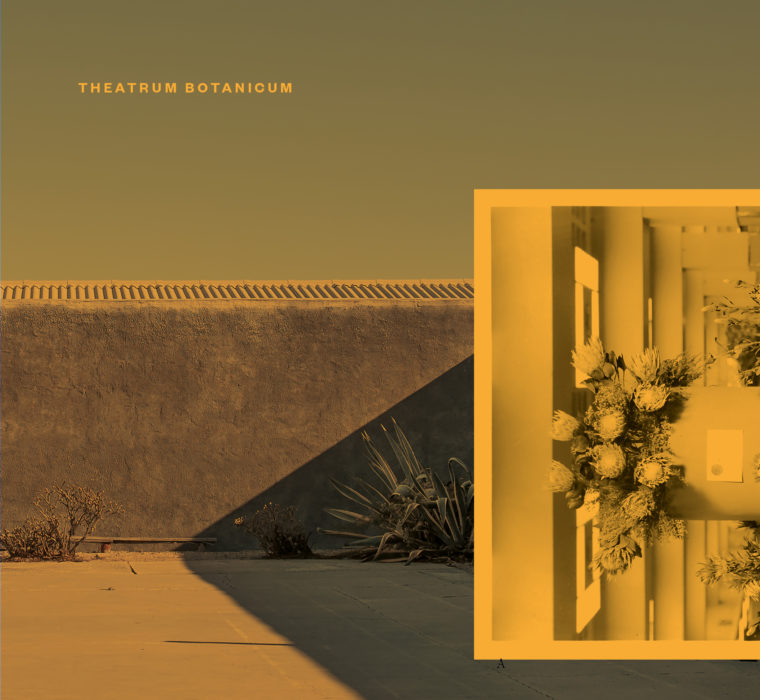Botany under Influence
Artists
Alberto Baraya
Joscelyn Gardner
Sasha Huber & Petri Saarikko
Kapwani Kiwanga
Pia Rönicke
Beatriz Santiago Muñoz
Botany under Influence
Artists
Alberto Baraya
Joscelyn Gardner
Sasha Huber & Petri Saarikko
Kapwani Kiwanga
Pia Rönicke
Beatriz Santiago Muñoz
Botany under Influence delves into the politics of pants and explores systems of meaning that have been impressed upon nature, flora, and seeds throughout eras of imperialism, colonialism and globalisation. Unearthing forgotten and parallel histories, this exhibition reveals how the exportation of natural resources has affected worldwide power structures and cultural behaviour. It pushes us to reconsider common perception and representations about nature ‘having always been there’, being ‘neutral’ or ‘passive’, when instead plants embody the larger History and are integral actors in it.
This group show investigates historical gaps and the economic and diplomatic implications of nature’s uses and international exchange flow patterns. Its starting point is the imperial era, when Western powers built their wealth by looting human and natural resources – systematically appropriating or exporting workforce, plants and minerals. Throughout the ages and societies, control over flora and seeds has become a symbol of national, political, and food sovereignties.
Botany under Influence delves into the politics of pants and explores systems of meaning that have been impressed upon nature, flora, and seeds throughout eras of imperialism, colonialism and globalisation. Unearthing forgotten and parallel histories, this exhibition reveals how the exportation of natural resources has affected worldwide power structures and cultural behaviour. It pushes us to reconsider common perception and representations about nature ‘having always been there’, being ‘neutral’ or ‘passive’, when instead plants embody the larger History and are integral actors in it.
This group show investigates historical gaps and the economic and diplomatic implications of nature’s uses and international exchange flow patterns. Its starting point is the imperial era, when Western powers built their wealth by looting human and natural resources – systematically appropriating or exporting workforce, plants and minerals. Throughout the ages and societies, control over flora and seeds has become a symbol of national, political, and food sovereignties.
‘Studies of flora and the natural world have helped to create borders and establish relationships of power, even as nature itself often defies human control and redefines borders’
‘Studies of flora and the natural world have helped to create borders and establish relationships of power, even as nature itself often defies human control and redefines borders’
Exploiting & Erasing Local Knowledge
In Herbarium of Artificial Plants (2001–present), Alberto Baraya (Colombia) collects and classifies synthetic specimens (plastic, cloth, paper) found following the ancient routes of colonial scientific or naturalist expeditions (17-19th centuries). In this parodic re-enactment – from the Americas to Asia or Australia – he investigates the economic and political agendas lying behind the inventory and categorization of the colonies’ indigenous flora. Baraya denunciates how those missions’ botanical plundering opened the way to territorial domination and requisition. Presented as photographs, his fictitious flowers reflect the constructed nature of colonial taxonomy and its dangers.
Likewise, Joscelyn Gardner (Barbados) plays on natural history illustrations’ aesthetics in Creole Portraits III (2009-2011). Grounded in Caribbean colonial archives (diaries, abolitionist publications, plantation records), she addresses gaps in the history of slavery such as the masters’ sexual abuses on women. Despite abortion being prohibited, female slaves secretly used natural abortifacients. If the ‘miscarriage’ was discovered, they were whipped and had to wear iron collars. Gardner intertwines depictions of the tropical plants swallowed with torture tools and elaborate feminine African hairstyles. She pays homage to those anonymous slaves ‘naming’ them in her prints’ titles.
Exploiting & Erasing Local Knowledge
In Herbarium of Artificial Plants (2001–present), Alberto Baraya (Colombia) collects and classifies synthetic specimens (plastic, cloth, paper) found following the ancient routes of colonial scientific or naturalist expeditions (17-19th centuries). In this parodic re-enactment – from the Americas to Asia or Australia – he investigates the economic and political agendas lying behind the inventory and categorization of the colonies’ indigenous flora. Baraya denunciates how those missions’ botanical plundering opened the way to territorial domination and requisition. Presented as photographs, his fictitious flowers reflect the constructed nature of colonial taxonomy and its dangers.
Likewise, Joscelyn Gardner (Barbados) plays on natural history illustrations’ aesthetics in Creole Portraits III (2009-2011). Grounded in Caribbean colonial archives (diaries, abolitionist publications, plantation records), she addresses gaps in the history of slavery such as the masters’ sexual abuses on women. Despite abortion being prohibited, female slaves secretly used natural abortifacients. If the ‘miscarriage’ was discovered, they were whipped and had to wear iron collars. Gardner intertwines depictions of the tropical plants swallowed with torture tools and elaborate feminine African hairstyles. She pays homage to those anonymous slaves ‘naming’ them in her prints’ titles.
Recording Loss & Questioning Independence
Another tribute is Flowers for Africa (2011-present), celebrating African countries’ liberation struggles and access to sovereignty. Reproducing floral decorations found in archival photographs of those independences’ formalisations, Kapwani Kiwanga (Canada) comments on postcolonial transitions. The recreated arrangements revive the solemn historical testimonies they once bore. Inspired by official ceremonies embodying the passing of power, she hints at the everlasting decorum and staging of diplomatic negotiations. As her fresh bouquets sculptures naturally wither during the show, Kiwanga also questions us on what we choose to commemorate and why.
Pia Rönicke (Denmark) explores herbariums’ documentary potential to record disappearances and moderate loss. In the context of a war-torn Syria, the transfer for safeguarding of food crops from Aleppo’s grains’ bank to Svalbard Global Seed Vault inspired Rönicke’s multimedia installation The Pages of Day and Night (2015). She mixes photogravures of plant samples collected during the 1760s Danish Arabia Expedition to Egypt and Syria; Syrian species recently sent to Norway; video; press clippings and poetry books (Adonis and Tomas Tranströmer).
Recording Loss & Questioning Independence
Another tribute is Flowers for Africa (2011-present), celebrating African countries’ liberation struggles and access to sovereignty. Reproducing floral decorations found in archival photographs of those independences’ formalisations, Kapwani Kiwanga (Canada) comments on postcolonial transitions. The recreated arrangements revive the solemn historical testimonies they once bore. Inspired by official ceremonies embodying the passing of power, she hints at the everlasting decorum and staging of diplomatic negotiations. As her fresh bouquets sculptures naturally wither during the show, Kiwanga also questions us on what we choose to commemorate and why.
Pia Rönicke (Denmark) explores herbariums’ documentary potential to record disappearances and moderate loss. In the context of a war-torn Syria, the transfer for safeguarding of food crops from Aleppo’s grains’ bank to Svalbard Global Seed Vault inspired Rönicke’s multimedia installation The Pages of Day and Night (2015). She mixes photogravures of plant samples collected during the 1760s Danish Arabia Expedition to Egypt and Syria; Syrian species recently sent to Norway; video; press clippings and poetry books (Adonis and Tomas Tranströmer).
Shattered Landscapes & Spirituality
The Remedies, Australia (2015) video by Sasha Huber & Petri Saarikko’s (Finland/Switzerland) investigates indigenous system knowledge and more particularly healing techniques and traditional medicinal recipes linked to herbs. In this short film, the duo has interviewed Aboriginals and other inhabitants from the city of Mildura about their relationship with the eucalyptus tree, a sacred plant they originally used as a landmark to define their territories. By exporting eucalyptus throughout the world from Australia and introducing this species in several continents, imperial powers destructed local landscapes and shattered natives’ mental maps.
Beatriz Santiago Muñoz (Puerto Rico) also presents reflexions on the energetic power of vegetation while looking at the confused and contradictory ties of Puerto Rico and the USA, balancing between independence and sway. In the video Ojos para mis enemigos (2014), she wanders through the closed U.S. Navy base at Roosevelt Roads, Ceiba – one of the several military infrastructure the USA imposed on Puerto Rico’s territory despite early caveats around the risks of landscape reshaping and perturbation of local biodiversity and waters. Amongst this dystopian landscape, a man picks up cotton flowers for an orisha, a divinity in santería.
Looking at history through the perspective of nature, the artists in Botany under Influence share counter official narratives around flora, drowning us in an abundance of ‘strange flowers.’ Despite the plants’ beauty, our unease reminds us that beyond relations of power, nature’s circulation routes take us back to our relationship with the land and have an impact on our origins, collective and individual memories, and survival.
Shattered Landscapes & Spirituality
The Remedies, Australia (2015) video by Sasha Huber & Petri Saarikko’s (Finland/Switzerland) investigates indigenous system knowledge and more particularly healing techniques and traditional medicinal recipes linked to herbs. In this short film, the duo has interviewed Aboriginals and other inhabitants from the city of Mildura about their relationship with the eucalyptus tree, a sacred plant they originally used as a landmark to define their territories. By exporting eucalyptus throughout the world from Australia and introducing this species in several continents, imperial powers destructed local landscapes and shattered natives’ mental maps.
Beatriz Santiago Muñoz (Puerto Rico) also presents reflexions on the energetic power of vegetation while looking at the confused and contradictory ties of Puerto Rico and the USA, balancing between independence and sway. In the video Ojos para mis enemigos (2014), she wanders through the closed U.S. Navy base at Roosevelt Roads, Ceiba – one of the several military infrastructure the USA imposed on Puerto Rico’s territory despite early caveats around the risks of landscape reshaping and perturbation of local biodiversity and waters. Amongst this dystopian landscape, a man picks up cotton flowers for an orisha, a divinity in santería.
Looking at history through the perspective of nature, the artists in Botany under Influence share counter official narratives around flora, drowning us in an abundance of ‘strange flowers.’ Despite the plants’ beauty, our unease reminds us that beyond relations of power, nature’s circulation routes take us back to our relationship with the land and have an impact on our origins, collective and individual memories, and survival.
apexart, New York, USA
September 7 – October 22, 2016
This exhibition received support from the Danish Arts Foundation, Frame Finland and Arts Promotion Centre Finland.
Special thanks to gb agency, galeria nara roesler, Galería Agustina Ferreyra, FRAC Île-de-France, and FRAC Poitou-Charentes.
apexart, New York, USA
September 7 – October 22, 2016
This exhibition received support from the Danish Arts Foundation, Frame Finland and Arts Promotion Centre Finland.
Special thanks to gb agency, galeria nara roesler, Galería Agustina Ferreyra, FRAC Île-de-France, and FRAC Poitou-Charentes.
Talk
‘The Transplants: Human Influence on Nature’ with Juanli Carrión, Pia Rönicke, and Dr. Ina Vandebroek. The panellists discussed the ways they encounter links between nature, politics, culture, and society. With special interest in examining the ways that human behaviour impacts the so-called natural world, they meditated on the impact of politics on the environment, patterns of plant migration, urban ecology initiatives, activism, and biodiversity preservation.
Press
Talk
‘The Transplants: Human Influence on Nature’ with Juanli Carrión, Pia Rönicke, and Dr. Ina Vandebroek. The panellists discussed the ways they encounter links between nature, politics, culture, and society. With special interest in examining the ways that human behaviour impacts the so-called natural world, they meditated on the impact of politics on the environment, patterns of plant migration, urban ecology initiatives, activism, and biodiversity preservation.
Press
Talk Sound excerpt — Dr. Ina Vandebroek explaining her role as an ethnobotanist
Talk Sound excerpt — Dr. Ina Vandebroek explaining her role as an ethnobotanist

